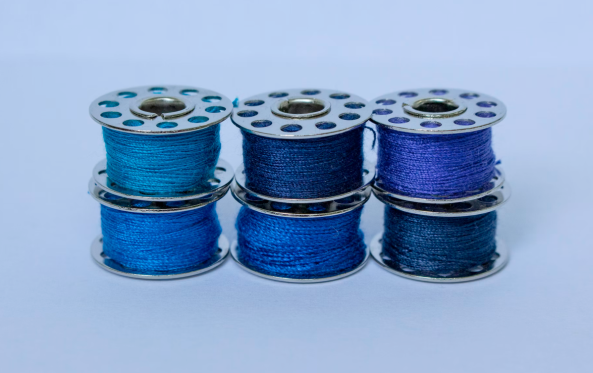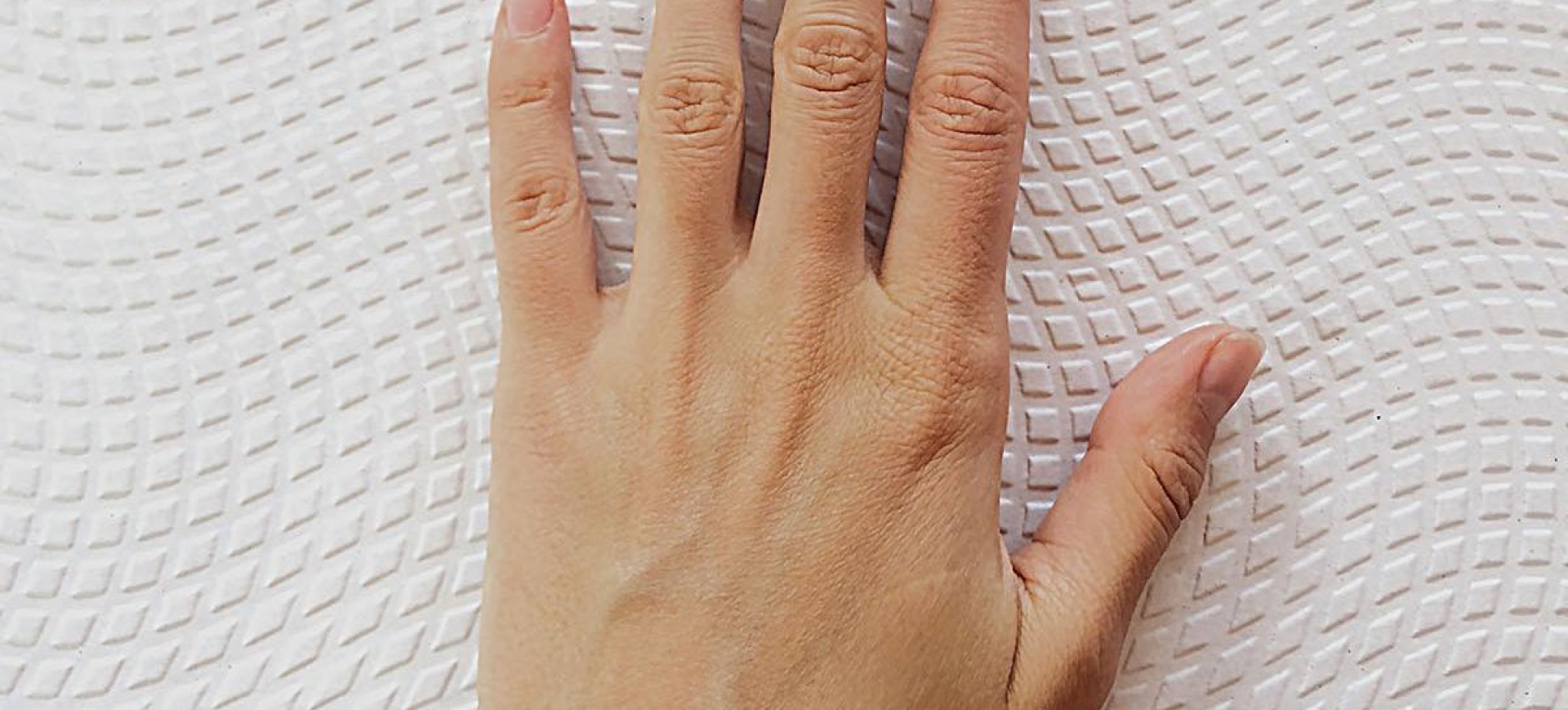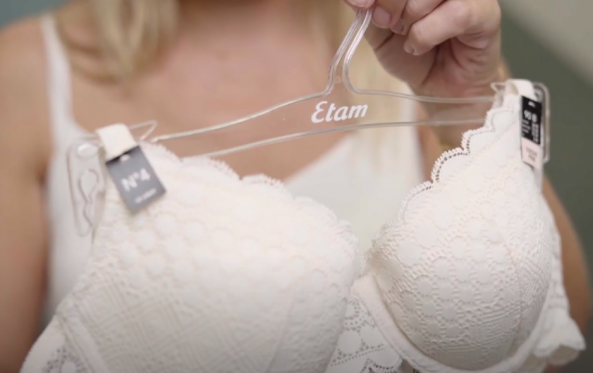
13th edition of Refashion Innovation Challenge
Refashion's Innovation Challenge is back for its 13th edition! Find out more about the call for R&D projects and how to apply!

Refashion's Innovation Challenge is back for its 13th edition! Find out more about the call for R&D projects and how to apply!

Pour la 2ème édition de son appel à projets annuel dédié au réemploi, Refashion soutient 35 projets en France métropolitaine et à La Réunion.|Pour la 2ème édition de son appel à projets annuel dédié au réemploi, Refashion soutient 35 projets en France métropolitaine et à La Réunion.
Project Developers : Purchasing / Product Development / Quality Partners: Suppliers / Office sourcing

Supplying raw materials results in sizeable environmental impacts: water consumption, pollution resulting from pesticides and fertilisers, CO2 emissions, deforestation… It's the first stage of the life cycle which often constitutes the main stakes and focus for attention in terms of eco-design.
Whilst the choice of material is today namely linked to product characteristics (function, trend, marketability, seasonality...) it is important to integrate new choice criteria from the collection creation stage.
Furthermore, raw materials represent a strong "mental footprint" (image associated with the level of commitment) and directly affect the end user.
How can we associate brand image, product properties, cost management, quality and environmental criteria? In the face of the complexity of stakes, it is essential to begin by putting in place a coherent and progressive material strategy.
Complexity of implementation
Estimated economic gain
Human means
Implementation timeframes
Try it! : Follow the sheet step by step and have a go!
Before starting, ensure that you comply with eco-toxic regulations in the countries you export to (Reach for Europe, Prop 65 for the United States). This point namely requires the regular updating of your specifications, the commitments of your suppliers as well as checks on some of your products.
Begin by establishing a materials assessment (quantities or sums of product purchases per main materials), taking account of your highest volumes and your most emblematic product categories for your customers. Effectively, your iconic products constitute your brand's DNA markers and must be considered in your priorities.
Take stock of the existing material alternatives and credible labels. 4 main categories exist (See Tool 2) :
- materials limiting the use of chemical substances (OEKO-TEX type or from eco-certified sites) ;
- organic materials ;
- materials resulting from more responsible practices (sustainable agriculture, sustainable forest management…) ;
- recycled materials.
Commit to a traceability initiative with your main fabric suppliers, aiming to concern 80% of your quantities and strategic materials: map the origins of your materials and the associated risks in order to identify the key actions to be put in place (in the case of cotton for example: ban zones known for their generalisation of forced labour), ask your suppliers about their environmental initiatives and their possible certifications.
In addition, begin a material watch with new suppliers in order to gauge price levels, market prospects and the various innovations underway (See Tool 1). If certain alternative materials remain difficult to source you can also decide to introduce them in your compositions in a more progressive manner.
You now possess all of the elements to assess yourself and define your level of ambition with company Management and teams: are you behind your competitors ? Can you easily activate "quick wins"? Do you want to go even further by aiming for a leadership position? Or do you just want to align yourself with the practices in your sector ?
Move on to a concrete action plan: define your standards, list the reference certifications and draft your medium-term objectives (3 to 5 years) then define them for the short-term (1 to 2 years) : What proportion of eco-responsible materials is present in your collections ? On what product and material typologies ? What checks or certification processes for your suppliers? Do you want to go further by working on material innovations?
Widely share this strategy among the teams responsible for product development: designers, sourcing office, quality service, product manager and purchasing manager - they will be the guarantors with respect to achieving your objectives. It is necessary to make them more aware and to give them concrete tools and training which corresponds to their needs.
Similarly, embark on a collaborative work initiative with your suppliers. Define a pro-active panel strategy as well as performance criteria (audits or certifications for example), which favour the most environmentally-committed suppliers.
Don't forget that a large proportion of the impacts linked to materials comes from the use made of them by the consumer. It is therefore your responsibility to encourage and check the quality of your materials in order to avoid the "disposable product" syndrome. You should also communicate care recommendations for products with a view to minimising environmental impacts.
It is essential to create monitoring tools to check the achievement of objectives and the validity of material and supplier certifications.
Material strategy must come within brand strategy (See Sheet: Try it!: Defining an eco-design strategy which corresponds to the brand platform).
Tool 1: Preferred Fiber & Materials Market Report 2022
Tool 2: Material extraction tools - Guide des Approvisionnements Responsables pour des Marques Désirables
Tool 3:Mapping clothing impacts
in Europe The environmental cost - ECAP
Tool 4: Material Innovation: Chaire BALI & CETI (Centre Européen des Textiles Innovants)

Watch Stéphane and Gaëlle telling us about their approach at ETAM

Zero waste, recycling and water conservation

Measuring, reducing and offsetting CO2 emissions